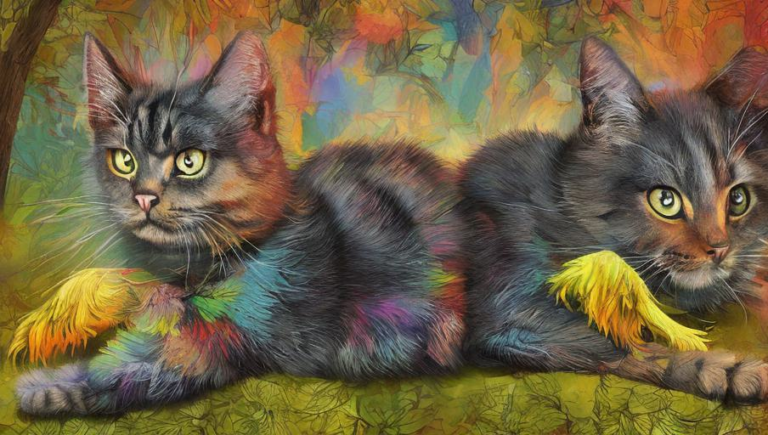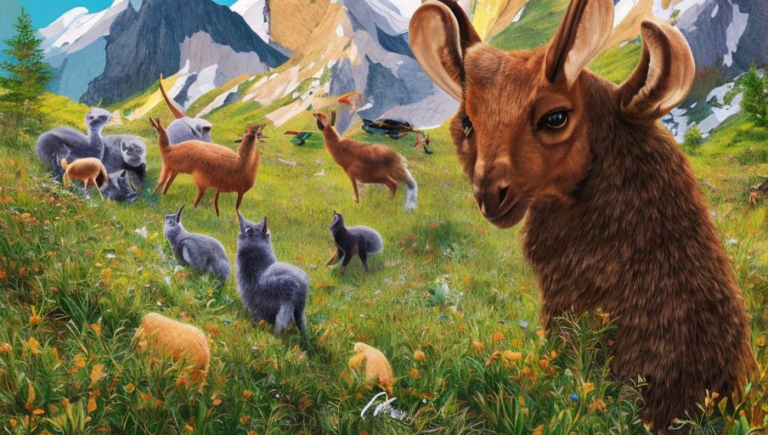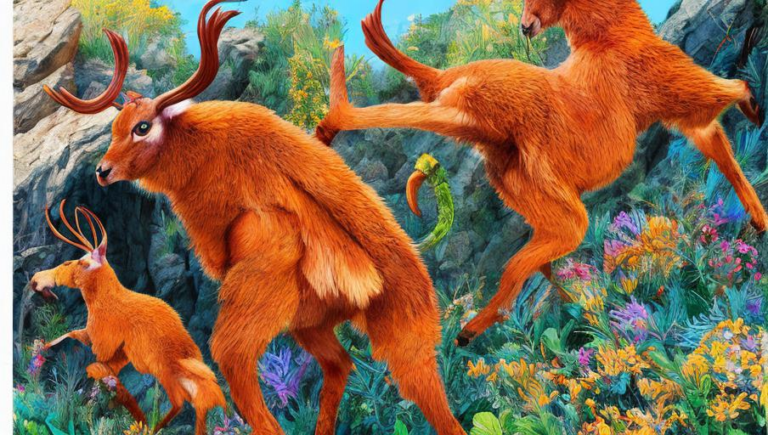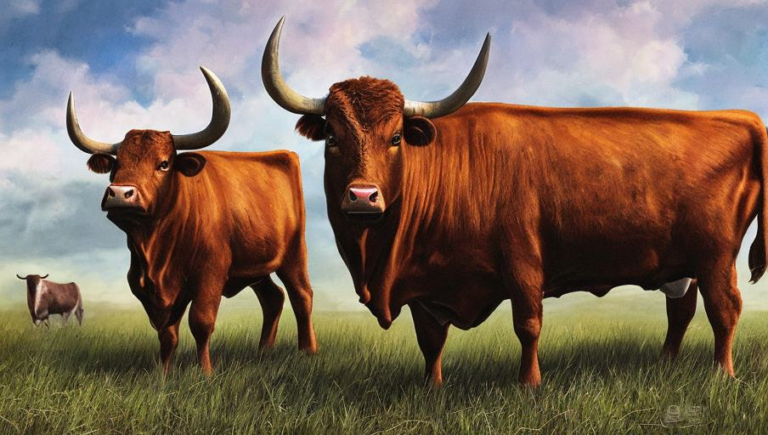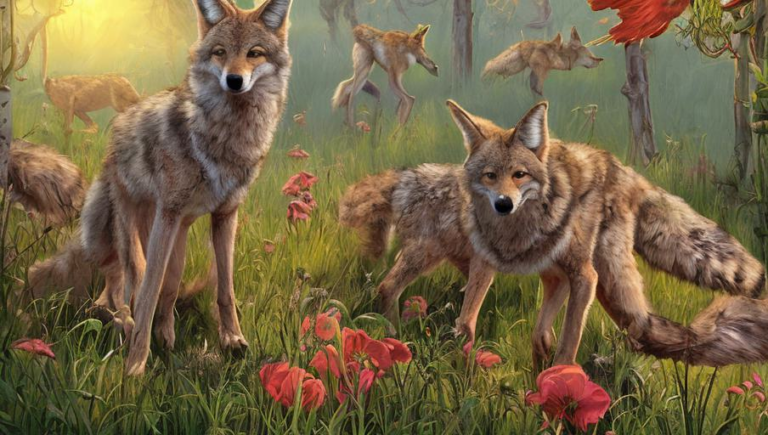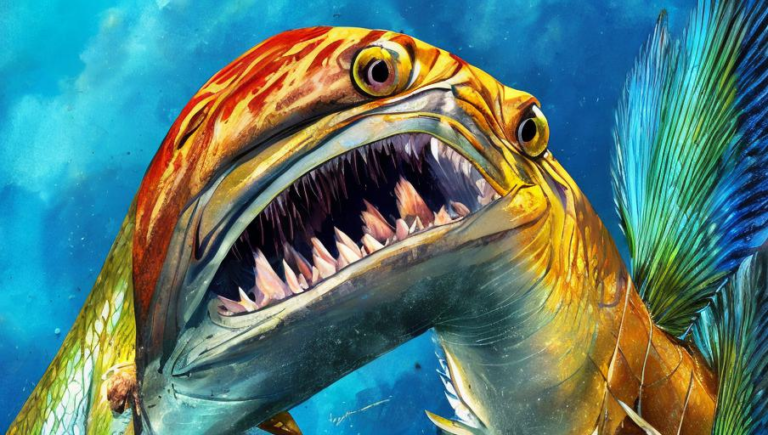Voracious Appetites of Aardvarks
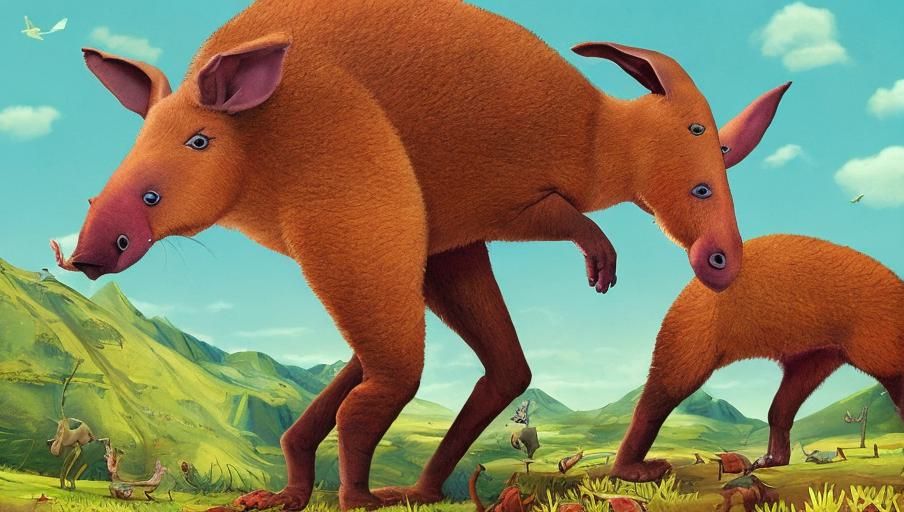
Introduction
Aardvarks are small mammals that live in the deserts and savannahs of sub-Saharan Africa. They are also known as the “antbear” because of their voracious appetite for ants and termites. Aardvarks have a unique set of physical characteristics and behavioral traits that make them fascinating creatures to observe and understand.
Physical Characteristics
Aardvarks have a long, pig-like snout and a thick, leathery hide. They have powerful claws that they use to dig burrows in the ground and to dig up ants and termites from anthills. They have long ears and a long tail that helps them balance. Aardvarks are nocturnal creatures, so they are mostly active at night.
Diet
Aardvarks are primarily insectivores, meaning that their diet consists mainly of ants and termites. They also eat fruits, plants, and other insects, such as beetles and larvae. Aardvarks use their long, sticky tongues to capture their prey and their powerful claws to dig up their food. Aardvarks can consume up to 300,000 ants and termites in a single night!
Behavior
Aardvarks are solitary animals and they usually live alone. They are very territorial and will fiercely defend their burrows. They can be aggressive when threatened, but they are generally shy and will try to avoid humans. They are very fast runners and they can reach speeds of up to 30mph when they need to escape predators. Aardvarks are also good swimmers and can dive underwater to escape danger.
Threats
Aardvarks are not currently endangered, but their populations are declining due to human activities, such as habitat destruction and hunting. They are also vulnerable to predators, such as lions, hyenas, and leopards. Aardvarks are protected by law in some areas and their habitats are being conserved in protected areas.
Conclusion
Aardvarks are fascinating creatures with unique physical characteristics and behaviors. They have voracious appetites for ants and termites and can consume up to 300,000 of them in a single night. Aardvarks are vulnerable to human activities and predation, but their populations are being protected and conserved in protected areas. Aardvarks are an important part of the African ecosystem and should be celebrated and protected.
